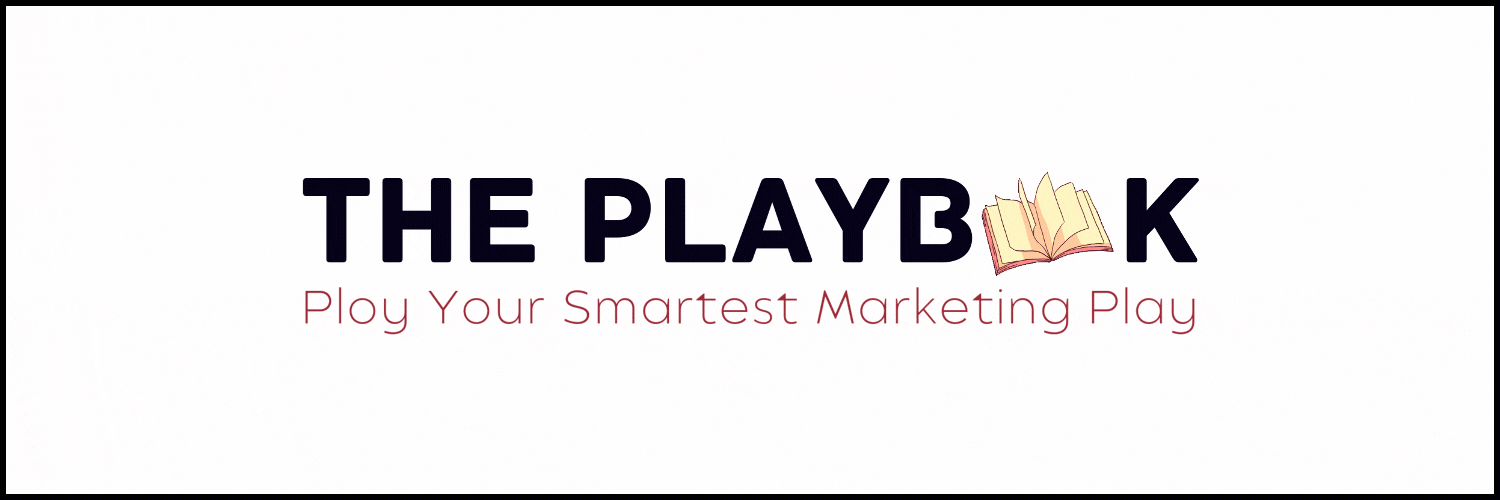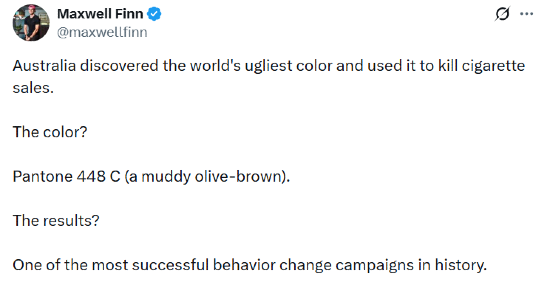Promises, Promises, Promises…
🧠 How DTC Brands Accidentally Train Customers to Hate Their Own Product Experience

Hey Readers 🥰
Welcome to today’s edition, bringing the latest growth stories fresh to your inbox.
And just a quick heads-up! If you stumbled upon us through a friend, make sure to subscribe below! That way, you’ll never miss out on the trending stories.
🧠 How DTC Brands Accidentally Train Customers to Hate Their Own Product Experience
Most brands don’t lose customers because their product is bad.
They lose them because their ads set up expectations the experience can’t fulfill.
That 5-second scroll-stopper that promises a luxury ritual, a transformational outcome, or the “best-kept secret”… leads to a box in the mail and a plain email.
No ritual. No magic. No story.
And just like that, a new customer becomes a quiet dropout.
Not because you failed to deliver the product — but because you mismatched the emotional promise.
1. Performance Creative Has Become an Overpromise Machine
DTC brands have mastered the emotional shortcut:
- Show a lifestyle that feels aspirational
- Attach it to a product that’s affordable
- Close the loop with urgency
But what happens when the product experience is just… ordinary?
The brain remembers the delta.
The emotional gap between what was promised and what was experienced gets filed as betrayal not disappointment.
2. The Onboarding Journey is the Real Brand Test Not the Ad
Most teams overinvest in acquisition and underbuild post-purchase.
They forget that the customer doesn’t become a “believer” until they’ve touched the product, opened the box, and lived with it for 3 days.
And if that experience feels disconnected — in tone, design, or narrative — the brand breaks.
Quietly. Permanently.
Great brands don’t just close well.
They onboard like they’re staging a reveal.
3. Creative Teams Must Map Emotional Promises End-to-End
A killer ad should never exist in isolation.
It should be the opening note in a symphony with the site, the email sequence, the unboxing, and the retention loop all playing in harmony.
This requires aligning every touchpoint with the same emotional cadence.
And it starts by testing not just what gets attention but what expectation it sets.
This is where tools like Neurons become essential helping brands preview what emotional signals their ads are actually encoding before they launch. You can book a free demo here!
Conclusion: Every great ad makes a promise. But only the best brands deliver that promise through the entire experience.
If your creative team isn’t in sync with your product and post-purchase team, you’re not just burning CAC. You’re training your customers to distrust you. The fix isn’t better ads. It’s emotional alignment from first click to final use.
Partnership with Modash
5 Tips for Scaling Influencer Marketing - Straight From the Experts
Scaling an influencer program isn’t just more creators = more reach.
It’s more emails, more pressure, more tabs, and more platforms promising to “handle it all” (until they don’t pay the creators and make your brand look bad - you know who we’re talking about 😬).
Here’s the smarter way: stay in the driver’s seat and upgrade your workflow. Modash’s free guide breaks down 5 simple steps to scale - straight from influencer marketers who’ve done it right.
And when your campaigns are about to break your soul, Modash helps you keep it all together:
🔍 Search +250M creators to find the perfect match
✉️ Streamline outreach without losing the human touch
🎁 Send products, share codes & more - in one tab
✅ Track every step without spreadsheets-from-hell
Start your 14-day free trial now, no credit card needed!
🗝️ Tweet of the Day

Advertise with Us
70% of email clicks are bots but not with The Playbook. Reach real human buyers with verified clicks and only pay for actual engagement.
We'd love to hear your feedback on today's issue! Simply reply to this email and share your thoughts on how we can improve our content and format. 😍